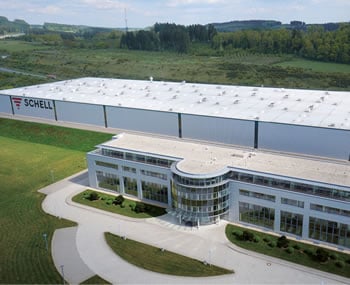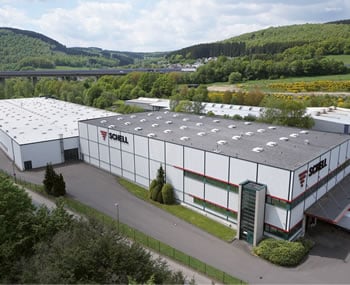“Contactless electronic fittings are the new standard for hygiene – and are also easy to install”
6-minute read
Oliver Steffens, Head of Applications Engineering Germany/Service at SCHELL, recommends contactless electronic fittings as one of the best ways to ensure the maintenance of user and drinking water hygiene. A great option for any planner, building operator or plumbing technician, the SCHELL fittings not only score highly in terms of sustainability but are also easy to install. And if issues do arise, the SCHELL Service Team is ready with advice and assistance: “Everything we do in our team is designed to ensure our customers get the best help possible,” emphasises Oliver Steffens. Podcast fans can listen to the full interview in the digital Media Library from SHK.Radio.
Electronic SCHELL fittings for any scenario
Oliver Steffens is truly in his element when it comes to the topic of electronic fittings. “At SCHELL, we basically offer an electronic variant for any application scenario.” Electronic fittings are available for wash basins, kitchens, showers, WCs and urinals. There are also exposed and concealed variants, models with stainless steel or chrome finishes… the SCHELL portfolio has them all! Electronic fittings are the perfect choice for improving user and drinking water hygiene. They help users to avoid contact infections while automatic stagnation flushes also work to maintain the quality of the drinking water installation. In public and semi-public scenarios, they are particularly helpful, since these facilities are used by many different groups of users and maintaining drinking water hygiene is a complex task.
Contactless and low-contact electronic fittings
A key differentiator for electronic fittings is the range of features they offer. In the case of SCHELL’s contactless electronic fittings, the flow of water is triggered by an infrared sensor. The tap or fitting itself does not need to be touched. With low-contact electronic fittings from SCHELL, also known as ‘one-touch fittings’, the flow of water only needs to be triggered once by manual contact at the start of use. The flow of water will then stop automatically, so the tap does not need to be touched once hands are clean.
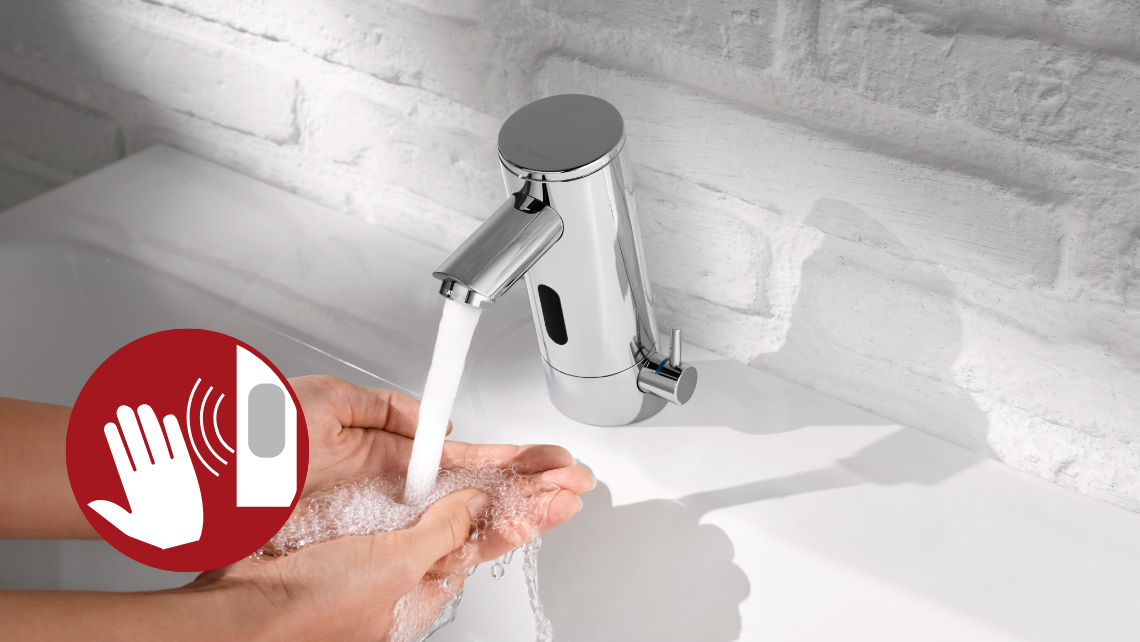
Electronic fittings reduce the risk of contact infections
“Contactless electronic fittings are simply state-of-the-art,” explains Oliver Steffens. “According to WHO, 80 percent of all pathogens are transmitted via the hands,” the expert notes. “So from a health protection perspective, it’s important that taps are not touched by the various people that use them.” Yet even one-touch fittings are an immense help for user hygiene, since they are no longer touched by hands once they are clean.
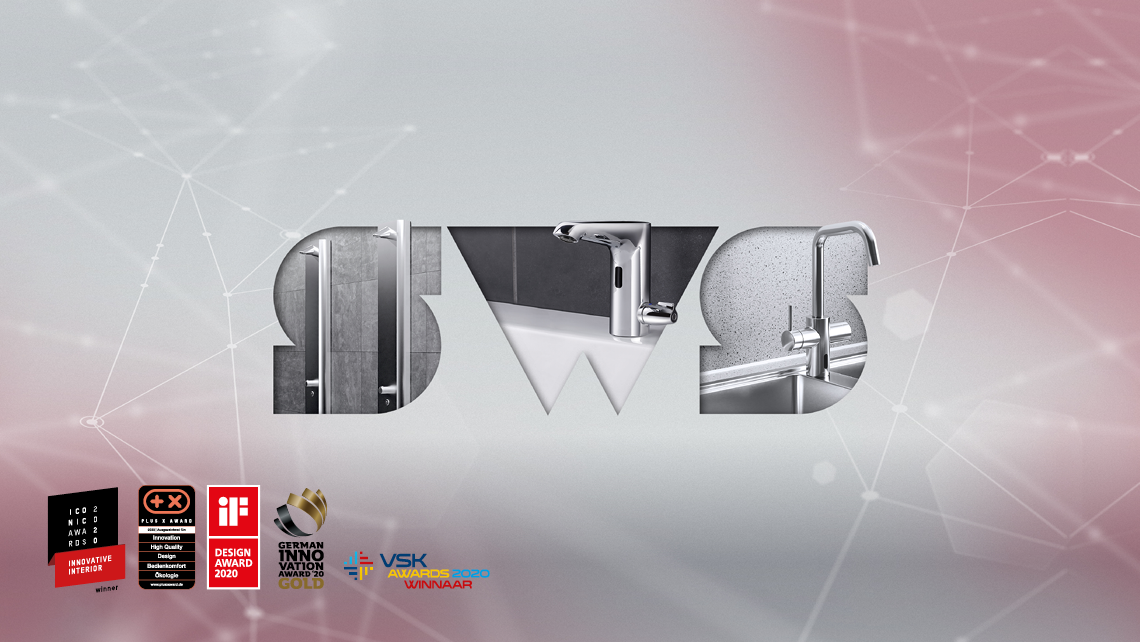
Helping to maintain drinking water quality
For facility managers, maintaining water quality is a legal requirement. In this context, electronic fittings are especially useful if they offer the option of automated stagnation flushes. With the electronic SCHELL fittings, these operations are easy to configure. Once integrated into a water management system like SWS and programmed with appropriate, automated stagnation flushes, they can even simulate specified normal operation of this system with any concurrencies as required. This consigns error-prone, manual flushes to history. SWS also offers the possibility of fully integrated, efficient water management.
Nothing to fear from electronic fittings!
Thanks to their plug-and-play system, installing an electronic SCHELL fitting couldn’t be easier. Oliver Steffens: “There’s no reason for technicians to balk at using an electronic fitting: installing a tap like this on a wash basin, for example, is basically the same as for a conventional model.” If good practice is followed – careful handling of quality products, attention to cleanliness and a final test run – there shouldn't be any problems, he adds.
No-risk installation and support from SCHELL
Any technician looking to install electronic fittings needn’t worry about the electronic components they use. “There’s no risk of injury,” Steffens points out. “Unlike the normal, high-voltage mains power supply, there’s no risk of a bad accident happening because of mistakes made during installation work,” says the water and wastewater systems handling expert. SCHELL also takes care to ensure that installation is straightforward as possible – by using clear labelling and anti-rotation mechanisms on products, for example. The company also offers product training courses. Steffens: “Anyone interested can either contact us directly or get in touch with a field sales representative – because they also carry out our on-site training.”
Electronic fittings for greater sustainability
An electronic fitting from SCHELL is also a sustainable solution. “Sustainability is a really important aspect of our work at SCHELL – and not just in production and manufacturing, where we also use recycled materials,” Steffens explains. One key advantage of electronic fittings is that water only flows when it’s actually being used: compared with conventional single-lever mixers, this means that contactless electronic taps can cut water consumption by up to 62 percent. Electronic fittings from SCHELL also consume hardly any energy. Steffens: “When in standby, a fitting will consume only about 0.3 W to stay in this mode.”
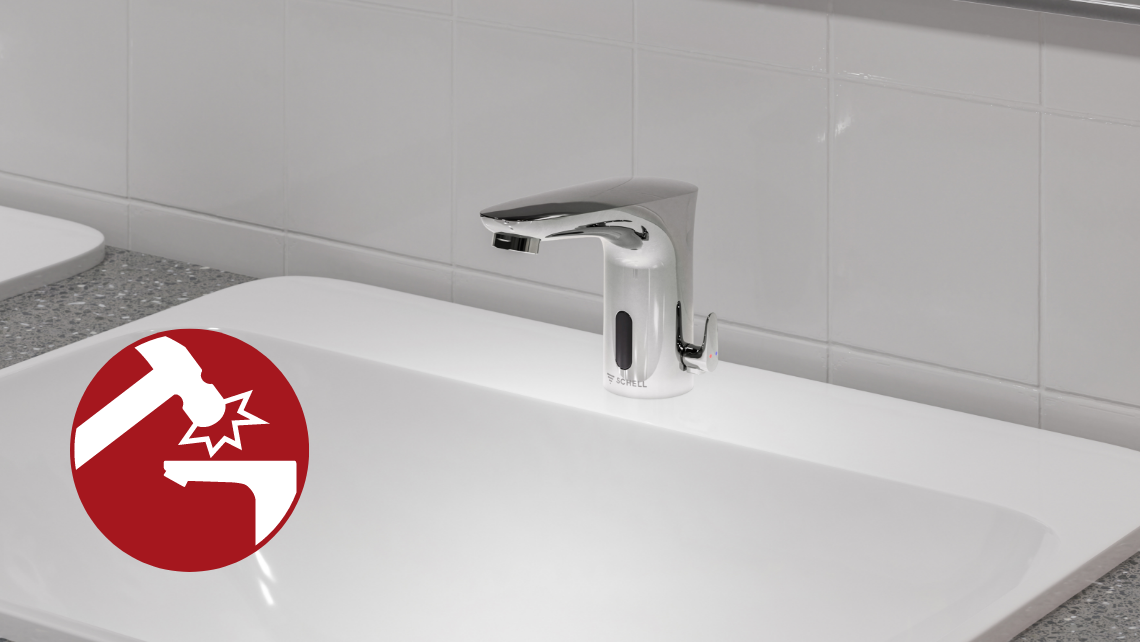
Stopping vandalism prolongs service life
The legendary SCHELL quality also plays a key role here. A fitting that soon needs replacing after installation is bad for the environment. In public spaces, this means that vandalism is a critical issue. “Damaged or broken fittings are obviously a huge problem – as anyone knows who’s seen the state of some sinks in motorway service stations. So taps have to be rugged enough to be able to stand up to many years of use – and abuse,” comments Steffens. If you pick an electronic fitting from SCHELL, you get the whole package: support for user and drinking water hygiene, service, vandalism protection and sustainability – all in one.

![[Translate to English:] [Translate to English:]](/fileadmin/_processed_/1/b/csm_symstemloesungen_e2_thumb_6bca267f26.jpg)
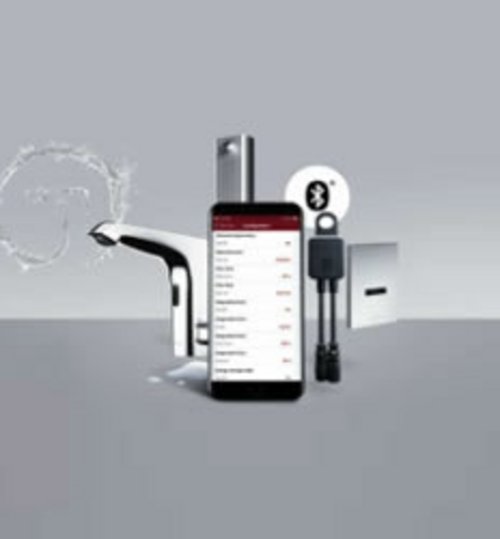
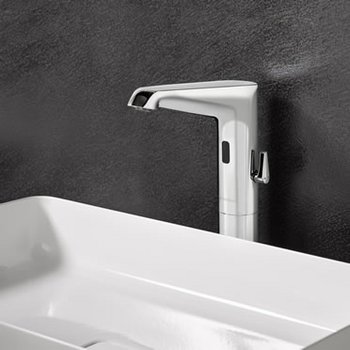
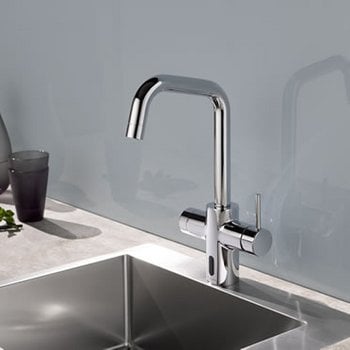
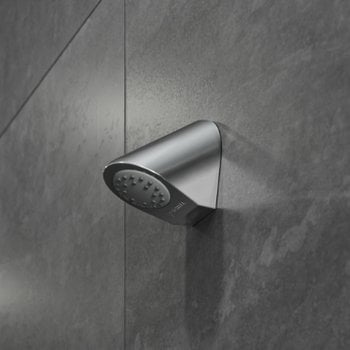
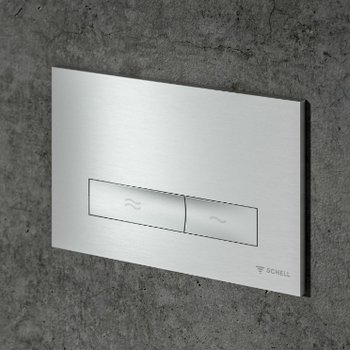
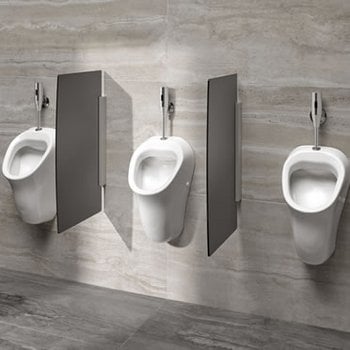
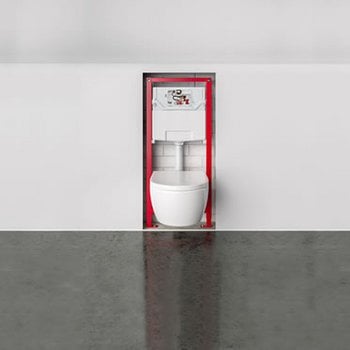
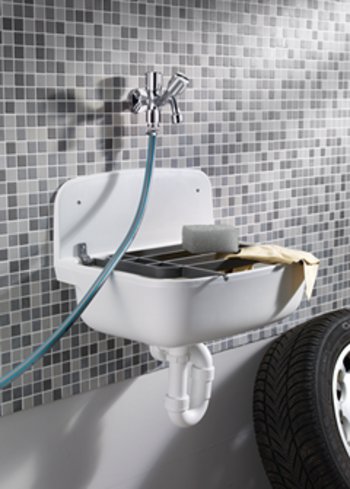
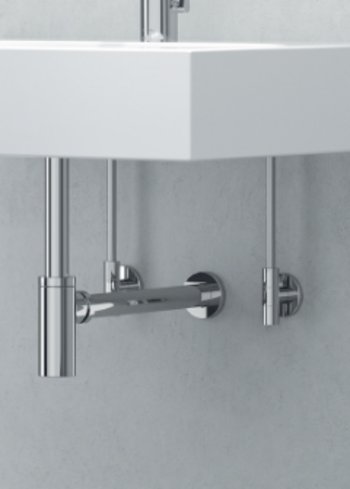
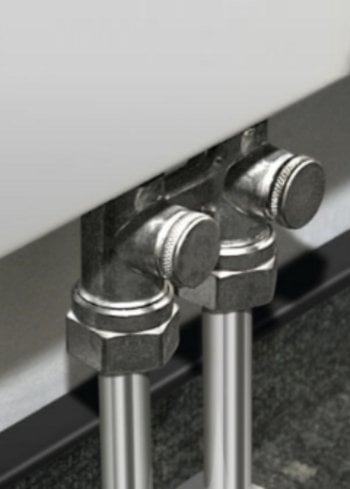
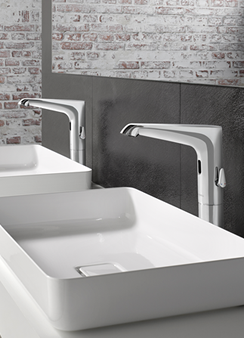
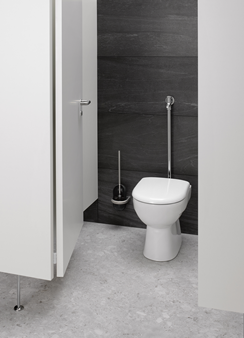
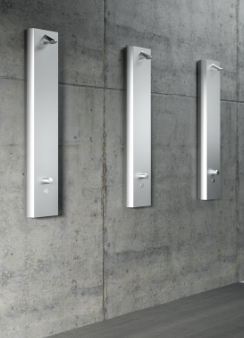

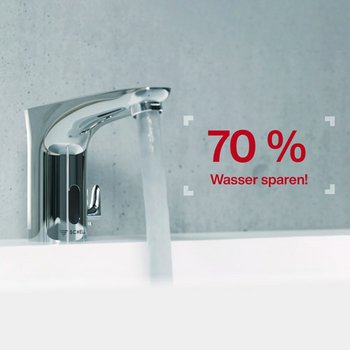
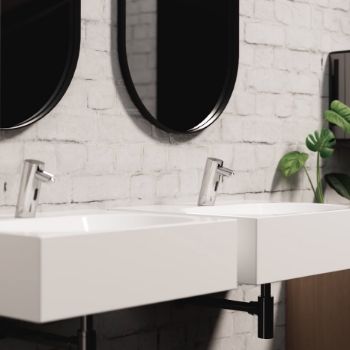


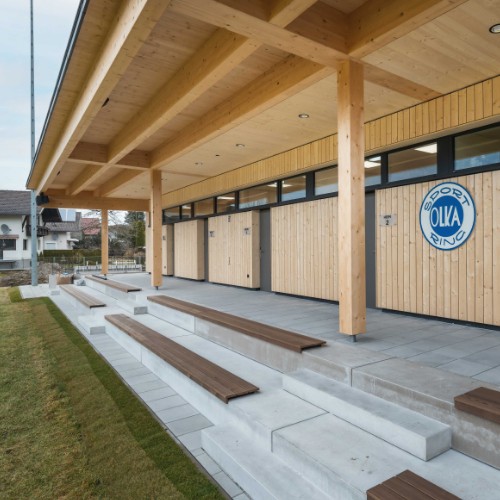
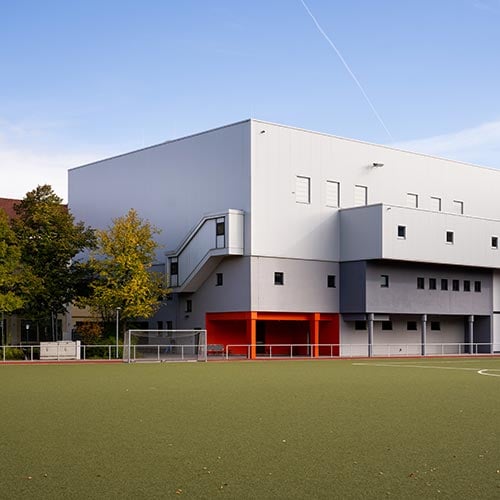
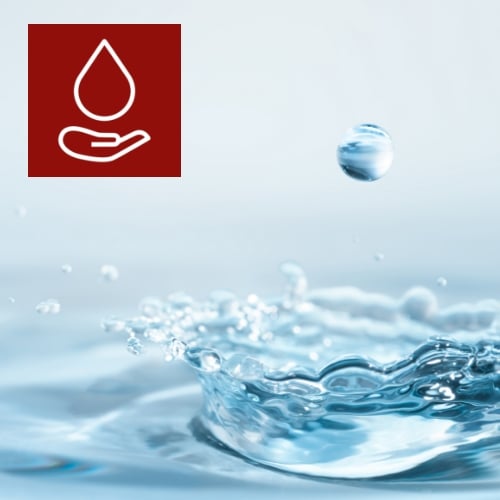
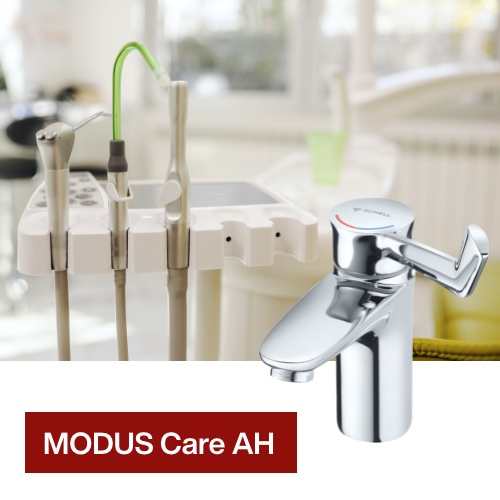
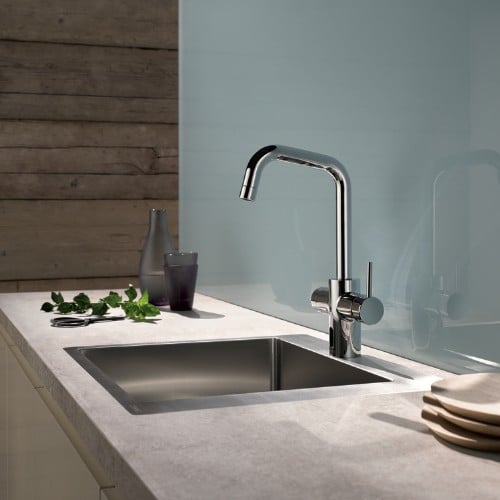
![[Translate to English:] [Translate to English:]](/fileadmin/user_upload/images/menu/menu_service_downloads_broschueren.jpg)
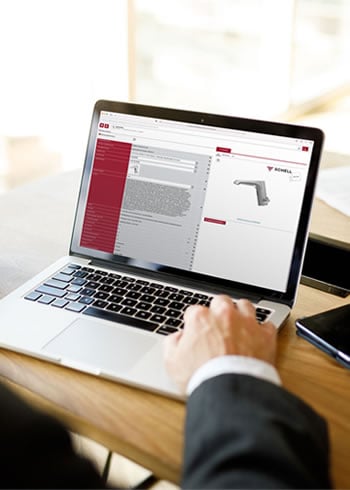



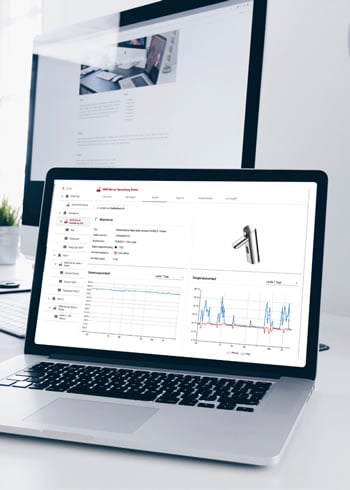

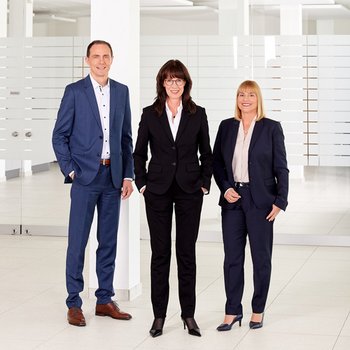
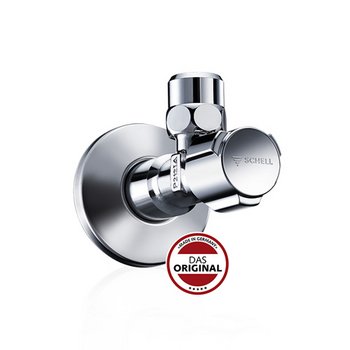
![[Translate to English:] [Translate to English:]](/fileadmin/_processed_/7/7/csm_menu_unternehmen_ueber-schell_awards_f6cec25b1d.jpg)
![[Translate to English:] [Translate to English:]](/fileadmin/_processed_/a/0/csm_menu_unternehmen_ueber-schell_wasser-sparen_41036d2dd9.jpg)


